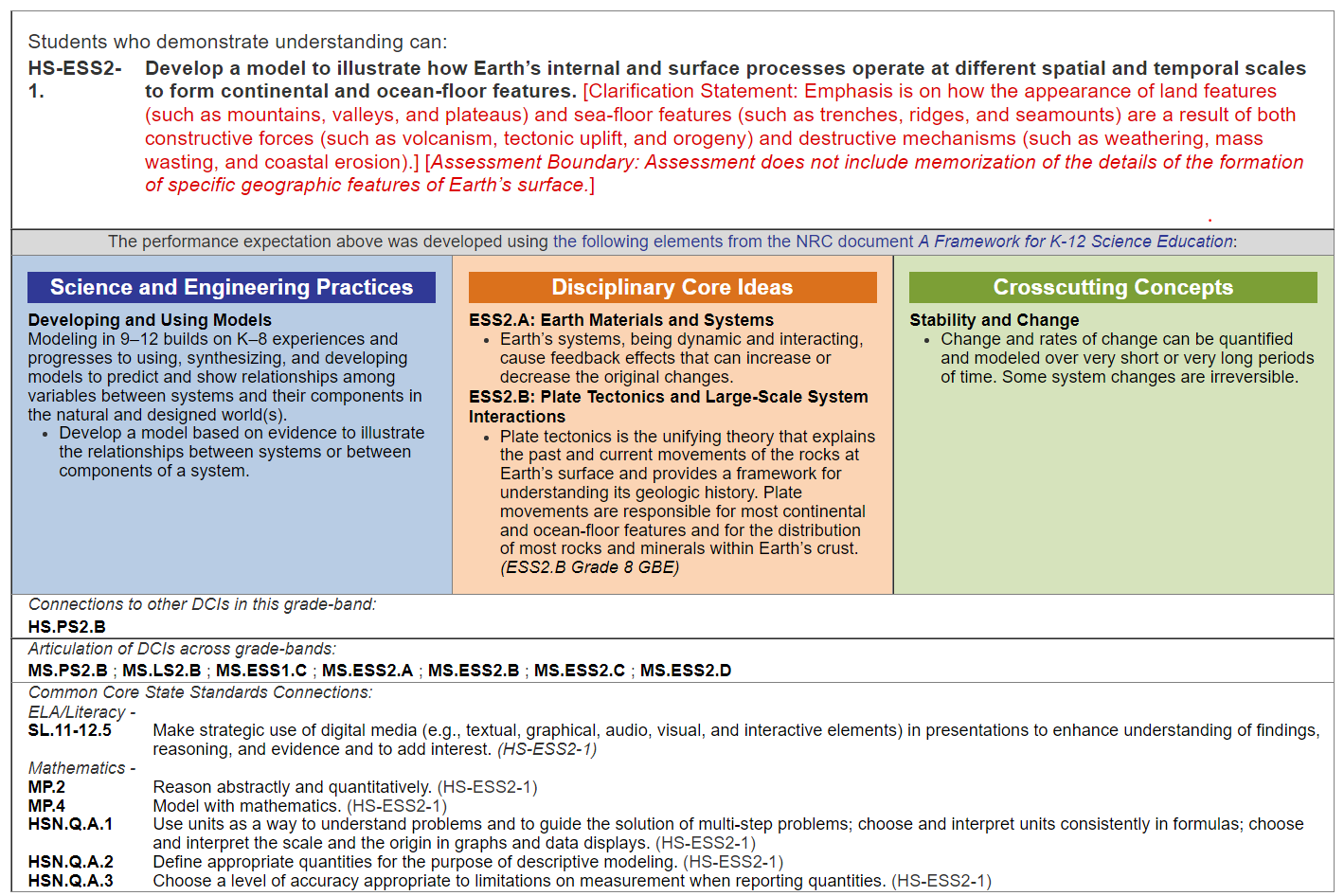The NGSS isn’t about students writing CER statements. If we look closely at the standards, we might be able to see a few elements of a single SEP that asks students to do this. We are aware that even though some standards focus on the DCI, the main goal of the NGSS is to have students think like real scientists.
Elements of SEPs
If we focus on the specific elements of the SEPs, we can measure student progress more accurately and support students in how and where they need it. Let’s dive into the specificity of the elements of SEPs to give students a precise target for their work in your classroom.
SEP Specificity
The SEPs are very explicit and specific, and what we want students to do is very explicit and specific. Our last blog explained the K-12 Progressions, which provide concrete guidelines for what students should do at each grade level from Kindergarten to 12th grade. Now, let’s dive into specific performance expectations to get specific about what we’re asking students to do.
Let’s look at the example of HS-ESS2-1:

It asks students to develop a model to illustrate how Earth’s internal and service processes operate at different spatial and temporal scales to form continent and ocean floor features. In this PE, students are asked to develop a model based on evidence to illustrate the relationships between systems or components of a system. What’s different about this level is they need to show either how different parts of a single system are interacting or various parts of two other methods and how those systems interact.
So we’re looking at both continental features and ocean floor features. And so, looking at constructive and destructive forces from plate tectonics is a great place to start.

Students aren’t just drawing a model of how ocean features are formed. What we want students to show us how the system inside the Earth is impacting these systems outside the Earth and how we see these features developing because of the mechanisms inside of the Earth.
We’re looking at the relationship between those two systems and being able to model both the internal system of the Earth.
All we’re looking at here is just getting specific about the SEP. We want students to draw not just a model but a model of two systems that interact.
If you’d like to practice looking at the specificity of the performance expectations and the activities students should be doing, click this link to download the activity to try out in your classroom.

